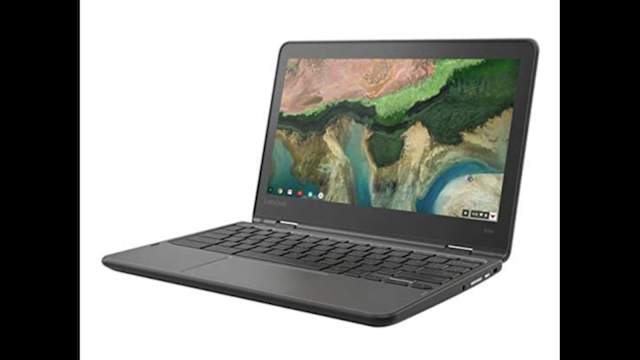ANN ARBOR – Researchers at the University of Michigan discovered that smartwatches can track COVID infections of their wearers.
For the study, the team used heart rate data to examine COVID-19 symptoms. They followed U-M students and medical interns nationwide and discovered that new signals emerged when people were infected with COVID in the heart rate. The signals were not only able to track an infection, but also the severity of an individual’s disease.
Recommended Videos
After symptoms began, they found that people with COVID infections had an increase in heart rate per step. Those with a cough had a spike in heart rate per step compared to those who did not.
“We found that COVID dampened biological timekeeping signals, changed how your heart rate responds to activity, altered basal heart rate and caused stress signals,” professor of mathematics and research professor of computational medicine and bioinformatics, Daniel Forger, said in a release. “What we realized was knowledge of physiology, how the body works and mathematics can help us get more information from these wearables.”
The team said it was obvious when someone became infected.
“There’s been some previous work on understanding disease through wearable heart rate data, but I think we really take a different approach by focusing on decomposing the heart rate signal into multiple different components to take a multidimensional view of heart rate,” doctoral student in mathematics Caleb Mayer said in a release. “All of these components are based on different physiological systems.
“This really gives us additional information about disease progression and understanding how disease impacts these different physiological systems over time.”
The researchers said the method could be used to detect influenza and other diseases in developing countries of during a time when medical resources are hard to come by.
The team used an algorithm from wearable heart rate and step data that was initially created to predict daily circadian phase. The researchers hope this method could help detect the virus with wearable devices.
“The global outbreak of the SARS-CoV-2 virus imposed important public health measures, which impacted our daily lives,” associate professor of pediatrics Sung Won Choi said in a release. “However, during this historical event in time, mobile technology offered enormous capabilities—the ability to monitor and collect physiological data longitudinally from individuals noninvasively and remotely.
“We were amazed at the U-M students’ willingness and desire to participate in this study, which was all done remotely, from recruitment to enrollment and onboarding. The work reported by Mayer and our team was really made possible not only through wearables sensors themselves, but the convergence of novel data analytics, remarkable advances in technology and computing power, and ‘team science’ intersection across research teams.”
Professor of psychiatry and director of the Depression Center at U-M, Srijan Sen, called the discovery a “substantial advance for the field.”
“This work can help us more meaningfully follow populations in future COVID-19 waves,” Sen said in a release. “The study also demonstrates following cohorts with mobile technology and robust data sharing can facilitate unanticipated and valuable discoveries.”
Read the full study here.




